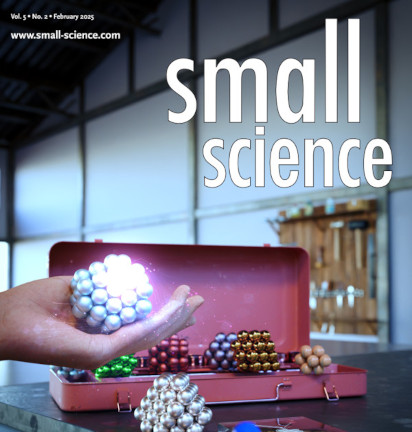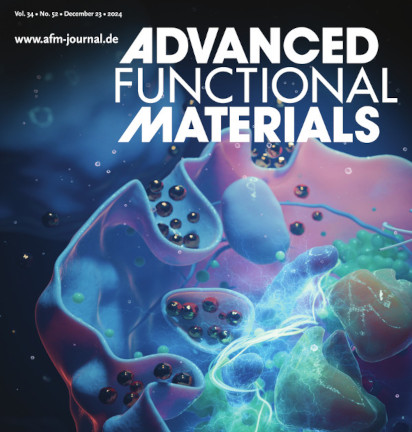Our research is highly interdisciplinary, bridging nanotechnology with biology, biotechnology, chemistry, physics, and engineering. We focus on unraveling nano-bio interaction mechanisms, developing biomedical applications of in-house-engineered hybrid nanomaterials and nanozymes, and designing advanced colorimetric sensing strategies for on-field and point-of-care diagnostics.
We have extensive expertise in nanoparticles/nanozymes synthesis and characterization, with a strong interest in the analysis and optimization of their catalytic mechanisms, antioxidant/anti-inflammatory properties, and design of hybrid nanosystems for nanomedicine applications. We are also active in the development of portable technologies for healthcare, wellness, food safety, and genetic traceability. Our group has pioneered several innovative assays - leveraging isothermal amplification techniques, plasmonic/catalytic nanoparticles, and machine learning - for virus/bacteria detection, water/food safety, and anticounterfeiting applications.
We are strongly committed to technology transfer, with numerous patented technologies, partnerships with industry/startups, and several licensed technologies successfully integrated into commercial products.


